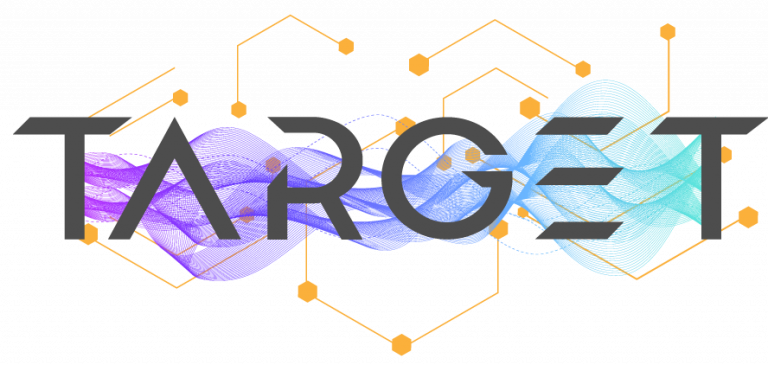Summary
| Title | TeraHertz Sources using Graphene Field-effect transistor |
| Reference | UTA-EXPL/NPN/0038/2019 |
| Scientific Area | Nanotechnologies |
| Funding (PT) | 49 941,61 EUR |
| Funding (US) | 49 999,00 USD |
| Leading Institutions | International Iberian Nanotechnology Laboratory (INL) Department of Electrical and Computer Engineering, Cockrell School of Engineering, UT Austin |
| Participating Institutions | Instituto Superior Técnico (IST/ULisboa) |
| Duration | 12 months 15 months |
| Start Date | August 18, 2020 |
| End Date | August 17, 2021 November 17, 2021 |
| Keywords | Graphene, Terahertz, Laser, Nanotechnology, Materials |
The Terahertz (THz) region of the electromagnetic spectrum has often been described as the final unexplored region of the electromagnetic wave spectrum. The technological importance of the THz is due to its non-ionizing nature and its ability to penetrate a range of materials that are opaque to visible and infrared radiation. Recent progress in graphene-based transistors paves the way for the possibility of all-electrical miniaturized devices and low power Terahertz emission and detection. Yet, such integrated-circuit technology based on graphene is in its infancy. TARGET aims at developing next-generation THz emitters that can operate at room conditions, miniaturized, easy-to-operate, and capable of integration with other devices, proposing a new THz emitter based on a graphene field-effect transistor.
The success of the project would have a groundbreaking outcome for society and markets. The access to easy-to-operate THz emitters is a bottleneck for upcoming applications, as currently they are bulky and require low temperatures for operation. Therefore, with the demonstration of new sources, the trend of THz science and the development of technology expects huge growth, becoming one of the major fields of applied research.
The main applications of this technology include imaging in astronomy, spectroscopic techniques, security screening applications, detection of explosives, larger broadband wireless data communication, dry food inspection, biosensor devices, new cancer treatments, etc.

Key Outcomes
- Modeling and simulation of possible nanofabrication devices;
- Development and demonstration of a prototype, leading to progress of enhanced devices and subsequent patent application;
- Scientific production (M.Sc. and Ph.D. dissertations to younger scientists and scientific papers).
Papers and Communications
- Cosme, P., Santos, J. S., Bizarro, J. P. S., & Figueiredo, I. (2023). TETHYS: A simulation tool for graphene hydrodynamic models. In Computer Physics Communications (Vol. 282, p. 108550). Elsevier BV. https://doi.org/10.1016/j.cpc.2022.108550
- Figueiredo, J. L., Bizarro, J. P. S., & Terças, H. (2022). Weyl–Wigner description of massless Dirac plasmas: ab initio quantum plasmonics for monolayer graphene. In New Journal of Physics (Vol. 24, Issue 2, p. 023026). IOP Publishing. https://doi.org/10.1088/1367-2630/ac5132
- Cosme, P., Santos, J. S., & Terças, H. (2022). Electronic viscous boundary layer in gated graphene. In Physica Scripta (Vol. 97, Issue 11, p. 115001). IOP Publishing. https://doi.org/10.1088/1402-4896/ac955b
- Cosme, P., & Terças, H. (2021). Hydrodynamical study of terahertz emission in magnetized graphene field-effect transistors. In Applied Physics Letters (Vol. 118, Issue 13). AIP Publishing. https://doi.org/10.1063/5.0045444
E-Posters
Project Team
Alexandre Chícharo
TARGET
Daniel Wasserman
TARGET
- Other team members in Portugal: Hugo Terças (IPFN), Pedro Alpuim (INL), Jérôme Borme (INL) and Chund-Da Liao (INL)


